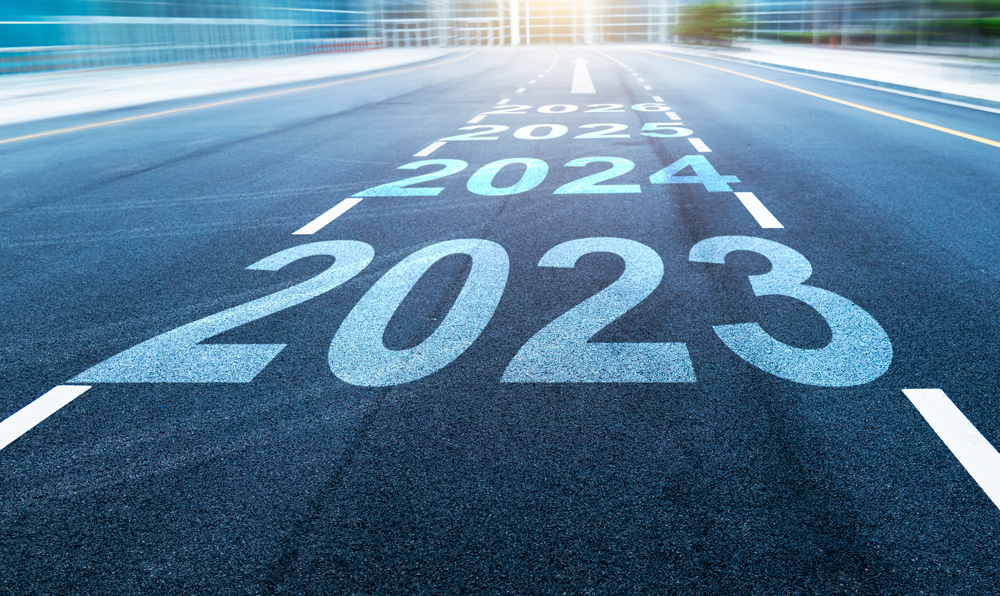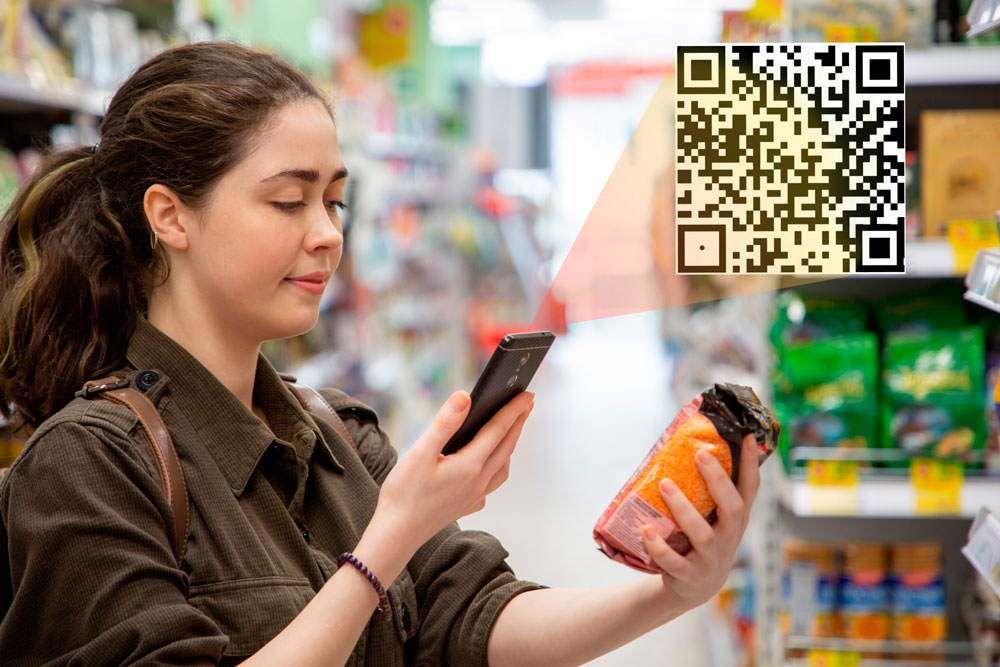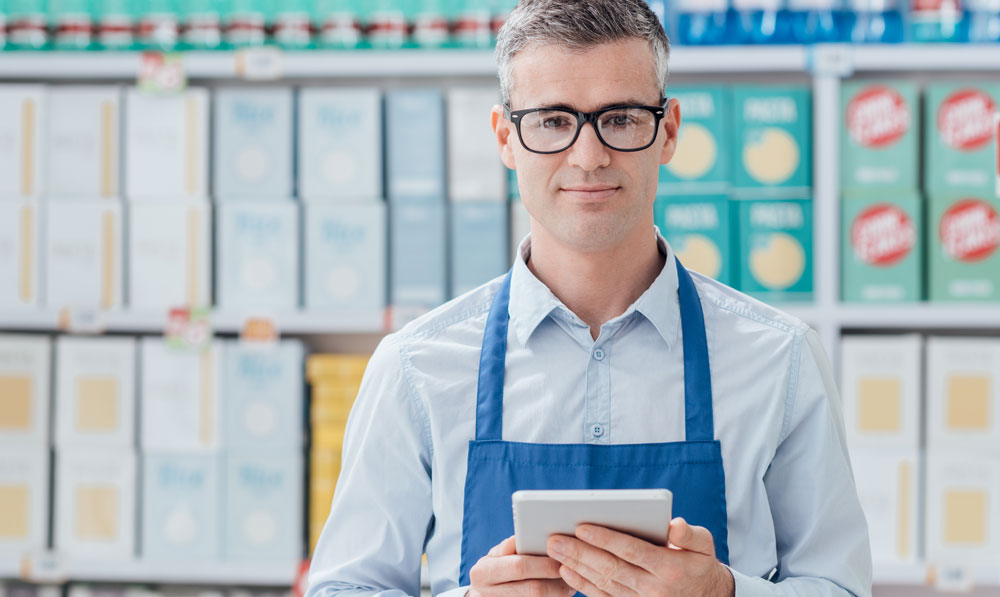Source: www.america-retail.com
According to the portal Revista Inforetail, the retail sector faced unexpected events in 2022, such as the Russian invasion of Ukraine, a severe energy crisis, soaring inflation and interest rates, problems in product supply chains.
“From 2022, it is clear that we will have to know how to manage despite the uncertainty and volatility, as unforeseen phenomena will continue to appear in our daily work,” says Domingo Esteves, consultant and retail advisor, for whom it is necessary “to know how to manage and lead with short and long sight, with nerve, courage and down from the office to the stores-because the day-to-day management should never apart from the construction of the future.”
In this context of complexity, and although inflation is expected to fall gradually, consumer confidence will continue to be affected, forcing them to make better purchasing decisions, which could have a direct impact on some retail sectors.
12 development areas for retail in 2023
“Leaders must continue to focus on finding solutions that ensure business continuity and growth, on taking actions to mitigate the general rise in costs, and on focusing their commercial offering on higher value-added products,” continues the former general manager of C&A for Spain and Portugal.
“Growing in terms of sectoral market share will be critical in 2023 to determine the possibility of future sustainable development,” adds Esteves, who recommends “being very attentive to all those new opportunities that will arise, adapting business models in an agile and efficient manner.”
Sustainability, digitalization, innovation, proximity, personalization, and Omni-channeling will be fundamental terms for commerce to face the immediate future with prospects of success: “Retailers in 2023 will have to go where the customer is and not wait for the customer to look for them,” the executive stresses.
And it will also be essential to build consumer confidence. “You have to know how to keep your promises to the customer. We must listen more and better to the customer. And we must know how to correct the concept of customer centricity: it is not a question of thinking about the customer, but of knowing how to think like the customer. To do this, it is also essential to listen to your teams, who are almost always your best customers,” says the Committee of Experts of the Spanish Retail Association (AER) member.
Under these generic considerations, 12 areas of retail development and growth are envisaged for 2023:
- BOPIS (online shopping and in-store pickup), click & collect, and home delivery.
- Digital native brands and brands with a direct-to-consumer distribution that will open physical stores.
- Physical store shopping will remain at high levels for retail.
- Smaller formats in physical stores, where the entire assortment can be found and purchased with digital support.
- Better integration of online and offline will enable market share gains and higher revenue per average ticket.
- Apps will be a very relevant device for the great diversity of consumers.
- Retailers will invest more in advertising that facilitates online searches on their websites and digital media in physical stores.
- More effective and efficient use of data and algorithms that can help draw more personalized promotions and campaigns.
- Pure marketplaces and intermediaries with win-win partnerships.
- Boosting social commerce, as social networks will become digital stores.
- Technology as a support for retail: voice search, social shopping, visual search, store app, geolocation, scan & buy, click & collect, cashless, RFID, self-service checkouts, digital people counters, virtual fitting rooms…
- And technology as a retail transformer: drones for deliveries, augmented reality, virtual reality, robots, blockchain, data analytics with intelligence, Metaverse, Web 3.0, virtual shopping, XR glasses, and holograms.




